Africa (Toto) - Instrumental Remake
How I made the instrumental of Africa (by Toto). (Free Download)
Sep 25, 2018 20:35
Leer en Español
Here you will find the details of how I produced the remake of the instrumental for the song 'Africa' by Toto. This track was requested by Malinda Kathleen Reese for her channel 'Translator Fails'.
Step 1: Reference audio of the Song
The first step to do the instrumental remake, is to get the best audio reference of the song. Then, in the project I create a stereo track to import there the audio reference I got, in this case Africa by Toto.
In this image you can see the tempo I defined for the track according to the audio reference. You can also see the metric and how I adjusted everything with their respective bars.

In this image you can see the tempo I defined for the track according to the audio reference. You can also see the metric and how I adjusted everything with their respective bars.
Step 2: Recording the Percussions
Producing tracks for Malinda is always a challenge, and this time it was even more special because it involved one of my favorite bands and creating an instrumental for one of their iconic songs, "Africa" by Toto. Like every Toto song, "Africa" has been meticulously composed and arranged, and the Percussion sections, in particular, took me more time to carefully listen and mentally separate the different sounds and patterns.
As always, I started by searching my memory for VSTs that would closely resemble the original instruments, such as Congas, Brass, and Woodwinds.
The first sounds I found were some congas and shakers within a Samples Pack for Kontakt. To that, I added the Latin percussions from EZ Drummer (congas, metals, and shakers) and completed it with some metals from East West Percussions.
In the image, you can see the tracks of instruments and MIDI that I made for the Percussions section of Africa

In the image, you can see the tracks of instruments and MIDI that I made for the Percussions section of Africa
Step 3: Jeff Porcaro's Drumming
Listening to Jeff on the drums is always inspiring, but trying to emulate his drumming with MIDI samples, without that human touch and the original acoustics, is very difficult. And although it's a relatively simple drum pattern, it posed a significant challenge. I know the result is not exact or the same as the original, and for that reason, I didn't attempt to replicate the exact sound, but rather to honor the pattern, as there should always be a distinction between a machine and Jeff's talent.
For the drums, I used, as always, different VSTs, in this case, EZ Drummer and PRO Drummer from East West. For this, I mixed different timbres of bass drums and snare drums. I combined sounds from EZ Drummer and PRO Drummer and their Joe Chiccarelli Pack for the bass drums and snare drums. Additionally, I used a drum from the Spike Stent Pack of PRO Drummer. For the cymbals, I used the Drum Kit From Hell (from EZ Drummer) for the tonal variety.
The original recording of Africa has a drum track recorded in a constant pattern throughout the song, and Jeff added a second drum track to it, with more intensity in the choruses. It's something very hard to notice by just listening, but you can manage to hear it by mentally separating the sounds.
You can see the distribution of MIDI tracks and notice that I have a channel for each element of the drum kit.
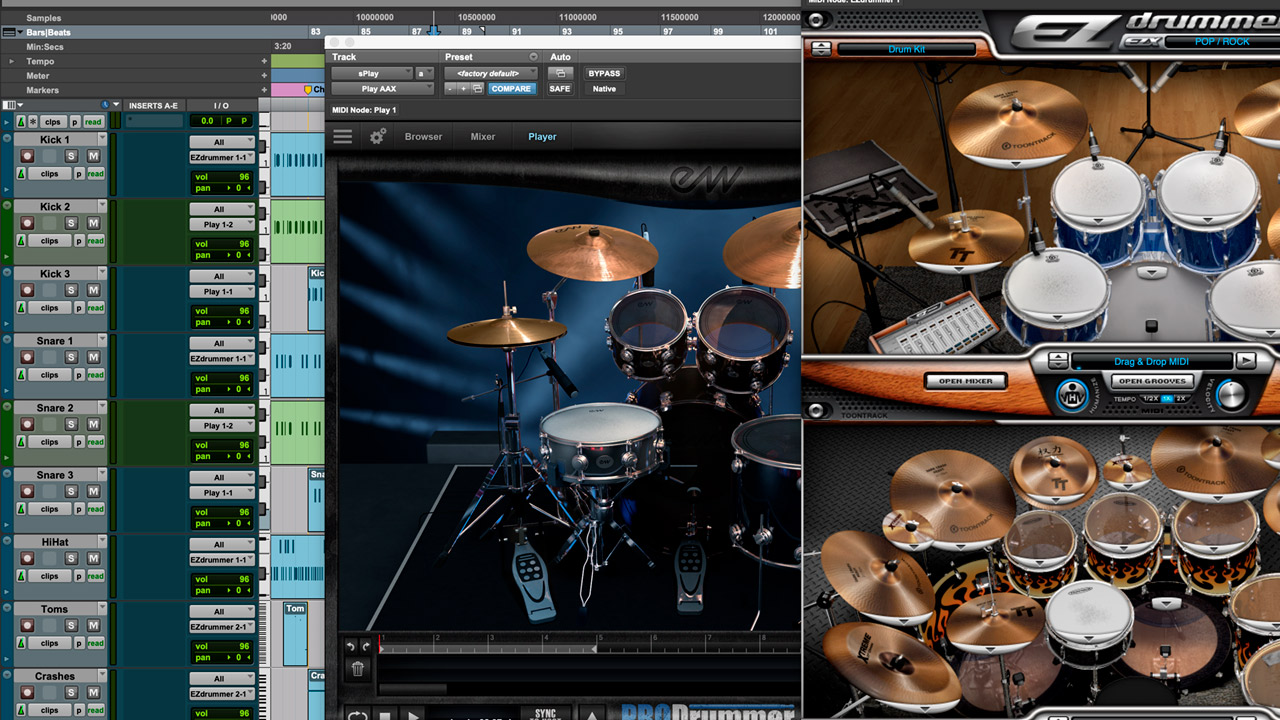
You can see the distribution of MIDI tracks and notice that I have a channel for each element of the drum kit.
Step 4: The Bass of the Master Mike Porcaro
Wow! When I listened closely to what Mike played, I not only noticed that he played it with a pick, but also with tremendous heart, as in all his performances. Of course, it's a rather simple bass line, but with a perfect rhythm. When I say "perfect," I don't mean being exact on the beat, but that sense of freedom in the groove, not hitting every beat precisely; that makes it a perfect interpretation for this song (and for music in general).
The bass sound I used is the New Stingray 5 Pick from the Ministry of Rock II Pack by East West.
As you can see in the image, I have 2 MIDI tracks, one for the bassline, and another one for the bass glissandos that can be heard at the end of the song.
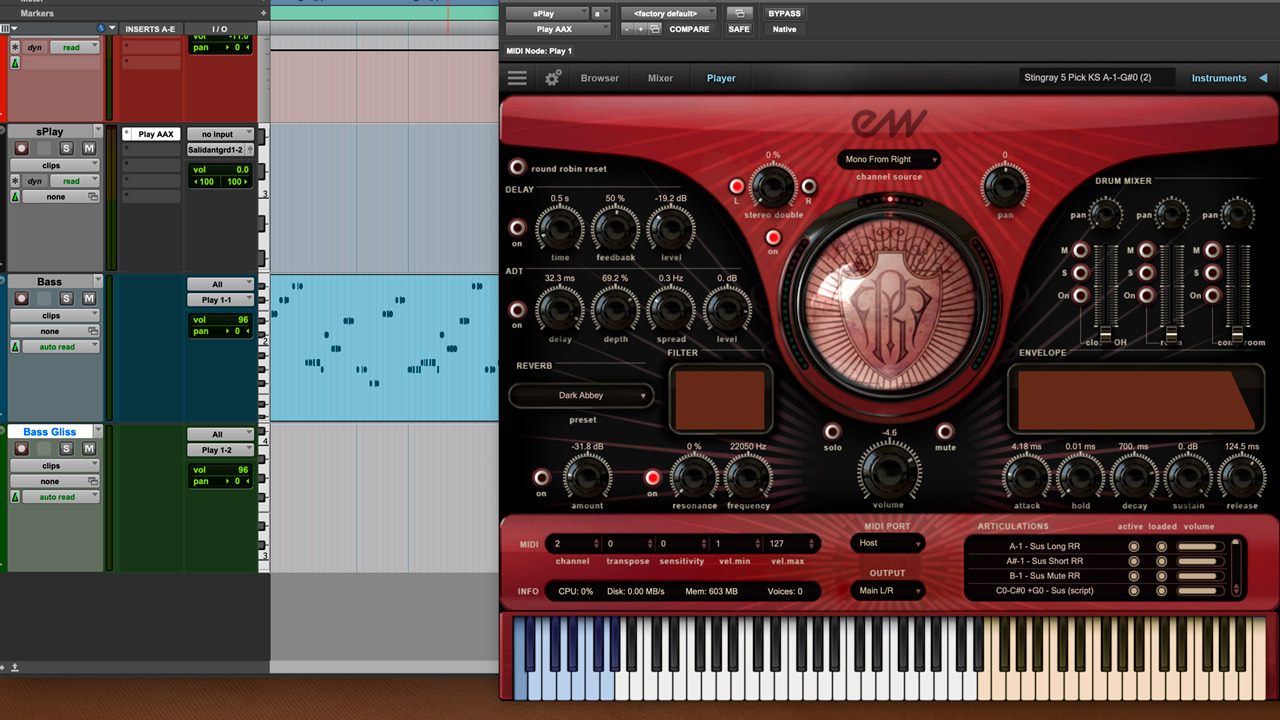
As you can see in the image, I have 2 MIDI tracks, one for the bassline, and another one for the bass glissandos that can be heard at the end of the song.
Step 5: The other Porcaro who gave me trouble!
Once again, emulating Steve Porcaro's synthesizers was a great challenge. For this, I used Arturia synthesizers. The MINI V, the SEM V, and the CS-80 V, as well as the XPand 2 for one of the sounds used in the Solo.
I started with the Pad that can be heard throughout the song, and for this, I used the MINI V. I created a special patch for this pad, for which I mixed 3 oscillators, adjusted the filters, and added Cutoff Frequency control from my keyboard's modulator. Of course, getting the right definition of an adequate attack that could emulate Steve's original Pad.
The different VST synthesizers I used for the instrumental of Africa.

The different VST synthesizers I used for the instrumental of Africa.
Step 6: Luke's guitars
The first thing I thought was, what guitars do I have to emulate Steve Lukather? Well, I used various guitar packs with samples in Kontakt, and the beautiful packs from East West, such as Golliath and Ministry of Rock II.
For the acoustic guitar, I mixed the 2 Guitars from Golliath with a Small Steel String in Kontakt. And for the electric guitars, I used the Gibson Lead, Cavin Bridge Lead Long, and Jaguar Lead, all from Ministry of Rock II, for both arpeggios, rhythms, and with distortion.
I almost never mix the different sounds lightly because some samples have different articulations, so the velocity with which you play them can trigger these changes, and when mixing, for example an acoustic guitar of a pack in Kontakt with another one from East West can not be achieved the same dynamics. Thus, in each MIDI track I control the intensity of each note and then the mix is better.
In the distribution of Midi tracks you can notice that I record 2 different tracks for acoustics.
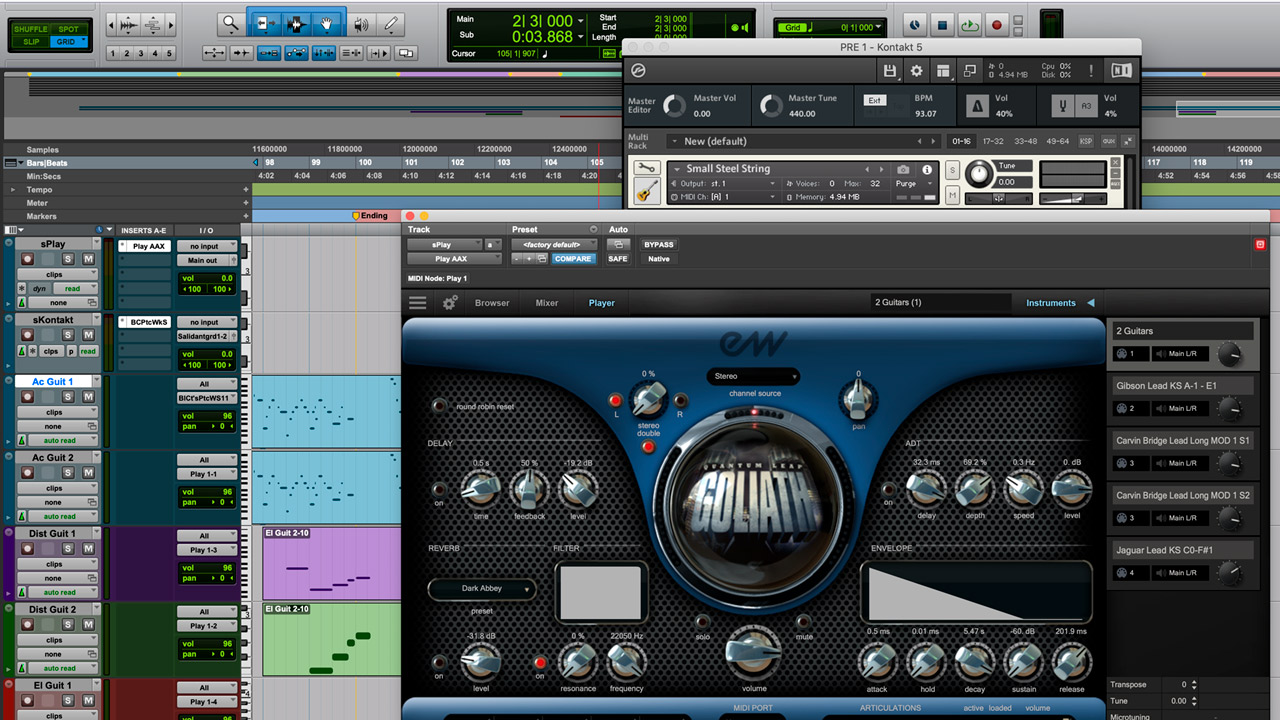
In the distribution of Midi tracks you can notice that I record 2 different tracks for acoustics.
Step 7: Paich and his Pianos
One of the pianists or keyboard players that have influenced me the most in my playing is David Paich. That's why I mentioned at the end, both in this blog and in the process of recording this instrumental.
Like almost all the orchestration of this song, the piano is very simple but with a lot of heart and, from my personal taste, perfect. In other instrumentals that Malinda has asked me for her videos I start with the Tempo Mapping and the Piano that allow me to send her a guide track that she can use to record, but in this case I didn't do that.
The piano sound that I used is a Steinway D in Kontakt. It is a very defined piano sound, precise for this theme. I'ld have used Keyscape from Spectrasonics or some of the East West pianos, but Steinway D was the one for this topic.
Steinway D in Kontakt. A piano with well-defined sound.
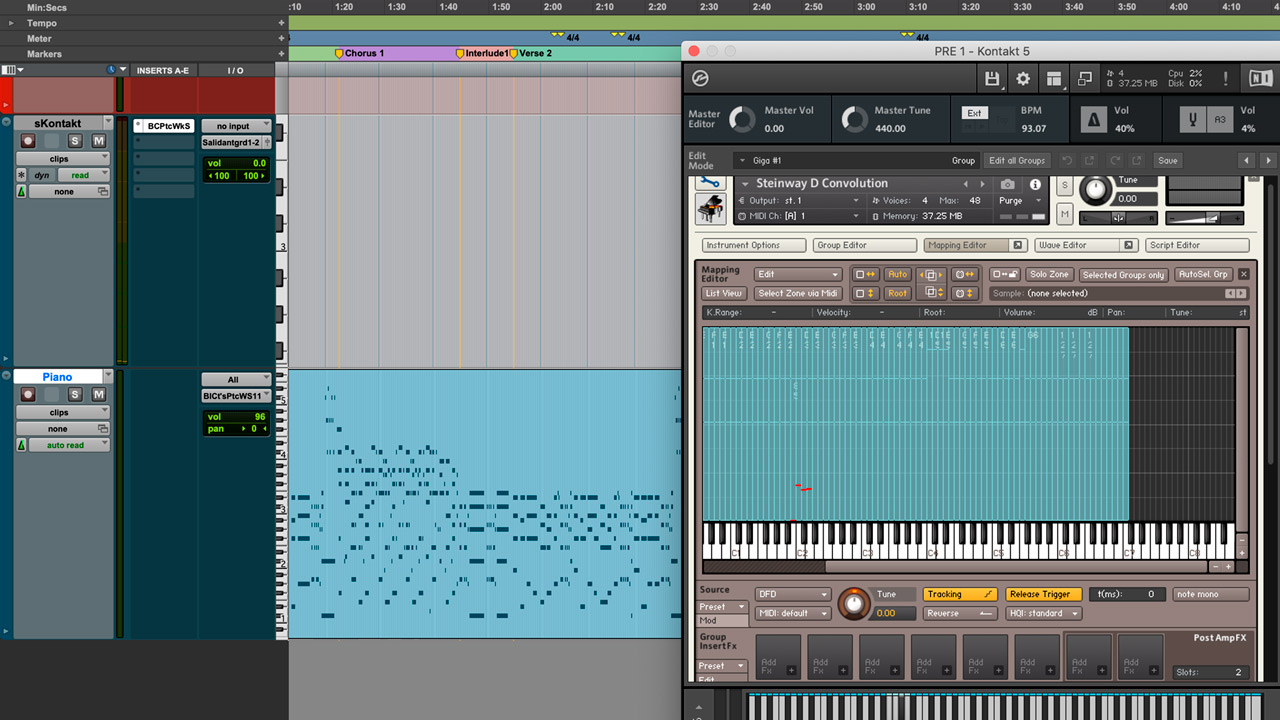
Steinway D in Kontakt. A piano with well-defined sound.
The piano, like the drums, percussions, and partly the guitar, is a repeating pattern that changes with little inversions from the solo. And that's what makes this piano something great to play.
Piano Recording Session. I rehearsed almost one hour, reviewing chords and harmonic rhythmic. Then I started the recording and I did it in one take.
Piano Recording Session. I rehearsed almost one hour, reviewing chords and harmonic rhythmic. Then I started the recording and I did it in one take.
Step 8: Export and Deliver
This instrumental meant to generate 36 tracks of independent elements. Malinda has a great mix engineer, and I just have to generate the audios separately, I do not have to worry about pre-mixing anything. Although I always generate a simple pre-mix for Malinda to use as a reference and record her voice and make her video, while Johnny DelToro mixes.
The instrumentals I do for Malinda are setted at 48-24, that is, 48 kHz and 24 bits, which is a good quality for video on YouTube.
Listen to the Multi-Track Demo
This is a small demo so you can listen to the tracks separately from the Africa instrumental remake I made for Malinda. There are 6 stereo tracks with the sounds grouped by instrument types: Drums, Percussions, Bass, Guitars, Synthesizers (next to the Marimbas) and Piano.
Nota: I developed this multi-track player for another purpose, but it is more useful here. I hope that YouTube will one day allow us to publish multi-tracks videos :).
Africa Multi-Track (Free Stems)
Now you can download the stems I made as remake of Africa (by Toto) for free.
Africa Instrumental Free Stems
Africa Stereo Mix (Download Free)
Now you can download the stereo mix of the instrumental I made of Africa by Toto.
Africa Free Instrumental
Final Result
This is the final result as published in Malinda's YouTube Channel Translator Fails.
Thanks for stop and read. Walk thru my channels and my social networks. I have a lot of music to share!
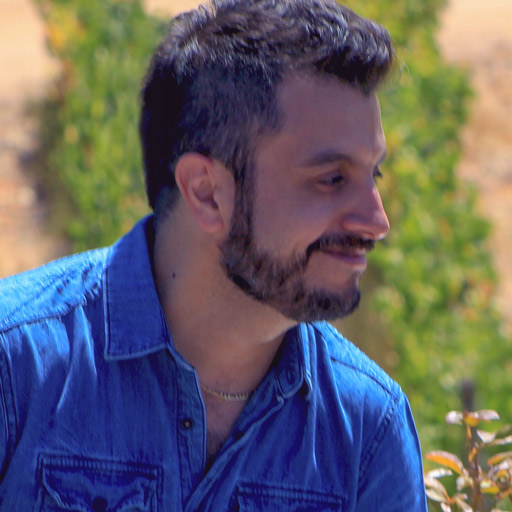
Blog Author: Cristián R. Villagra
Online Musician. Music composer for animations and games, and music producer for singers. Also programmer and graphic generalist.
My Latest Release
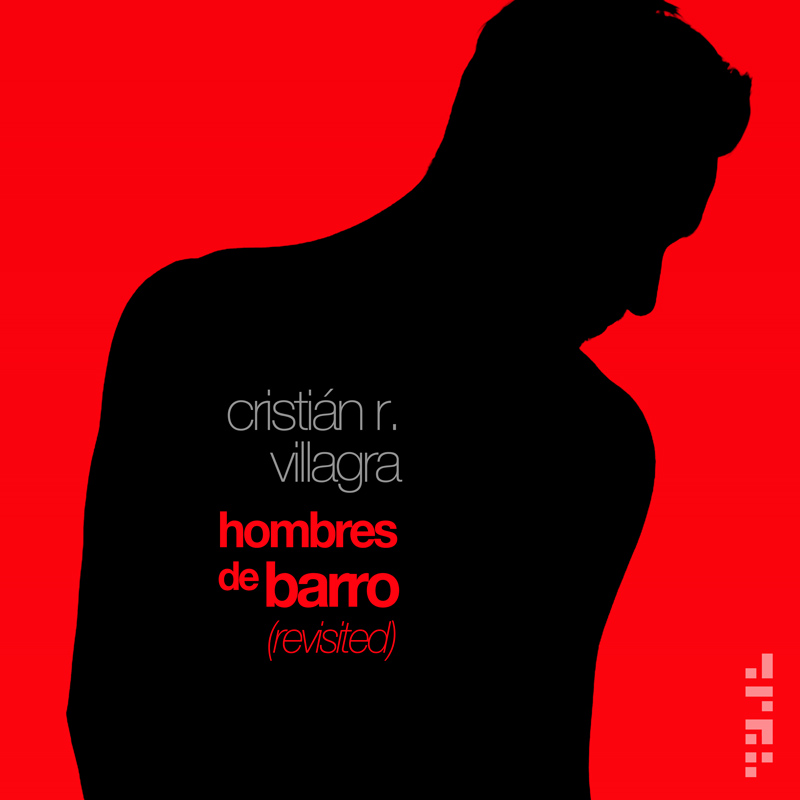
My Latest Release

Would you like to be a key support in driving the creation of more content?
Boost my creativity with Ko-Fi! Your support is essential in generating exciting and valuable content.
Each donation brings us closer to incredible projects. Thank you for being part of this creative journey and making the magic happen!
Sign Up
|
Sign In
|
Privacy Policy
|
Cambiar a Español
Design & Programming
Cristián R. Villagra
2023
So I asked: Did you listen?